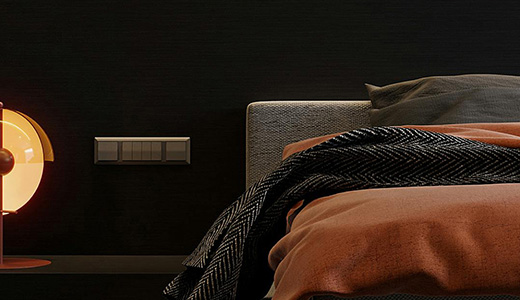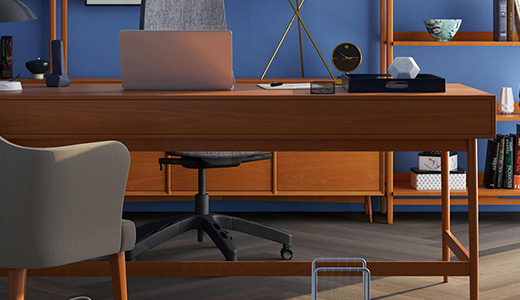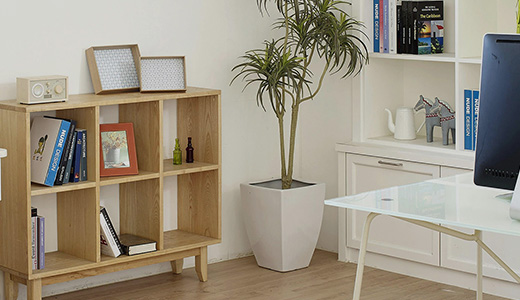
Save the planet
Reducing production waste has become a must for companies in all industries. In their effort to minimise their environmental footprint, innovative technologies are proving to be valuable partners. These technologies include 3D configurators that are revolutionising the way products are customised and presented to customers. By harnessing the power of digital visualisation and customisation, 3D configurators allow companies to limit the creation of physical prototypes and significantly reduce material waste throughout the design and production process. In addition to their eco-friendly benefits, these innovative tools also lead to greater operational efficiency and cost savings.
The environmental impact of manufacturing waste
The overwhelming waste generated by traditional design and production methods has far-reaching consequences for the environment. From the extraction of raw materials to the disposal of rejected prototypes, each step in the production cycle contributes to the exhaustion of natural resources and the release of harmful pollutants. Companies need to be aware of these impacts and take proactive measures to minimise their waste production.
3D configurators as a digital solution
At the cutting edge of the sustainability manufacturing revolution is the implementation of 3D configurations in production and in marketing and sales activities. These powerful digital tools allow customers to visualise and customise products in a virtual environment. By eliminating the need for physical prototypes, 3D configurators dramatically reduce the amount of material waste generated. This reduction in waste leads to lower resource and energy consumption, as well as a lower carbon footprint. Companies using 3D configurators are demonstrating their commitment to sustainable practices while remaining competitive in a changing marketplace.
Less storage needs
Implementing a 3D configurator into the design and production process brings an additional benefit in the form of reduced storage needs. With traditional manufacturing methods, physical prototypes and pre-made inventory often require significant storage space. However, by moving to a digital environment facilitated by 3D configurators, companies can eliminate the need for physical prototypes and pre-made inventory. This reduction in physical inventory not only frees up valuable space but also minimises the costs and risks associated with storing excess products. By using 3D configurators, companies can optimise their storage capacity, streamline their supply chain, and be more flexible and responsive to customer needs.
Reducing manufacturing waste and its impact on the environment is an important corporate priority in today’s world. The use of 3D configurators is proving to be an innovative and sustainable solution to this challenge. By using these digital tools, companies can minimise material waste, increase operational efficiency, and reduce costs while providing a better customer experience. The use of 3D configurators demonstrates a company’s commitment to sustainability and helps pave the way for a greener future where waste generation is minimised, and resources are used more efficiently. Adopting this transformative technology is not only beneficial for businesses but also for our planet.
 Beds & Headboards furniture
Beds & Headboards furniture Chairs & Seating furniture
Chairs & Seating furniture Tables & Desks furniture
Tables & Desks furniture Storage & Organization furniture
Storage & Organization furniture Sofas & Couches furniture
Sofas & Couches furniture
Connect
Subscribe to newsletter